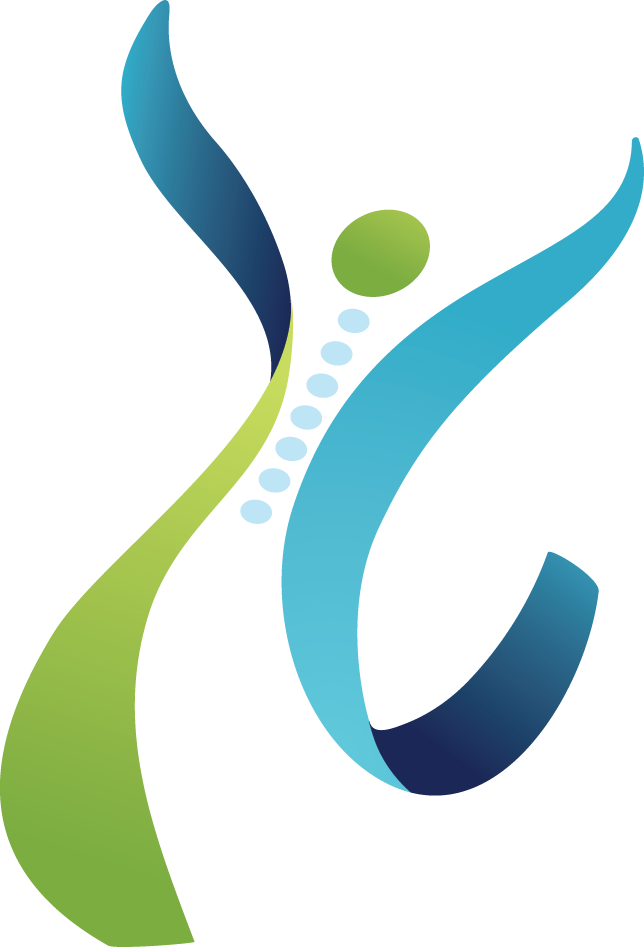Frequently Asked Questions
-
Nearly everyone can benefit from regular AT sessions but in order to start one needs some motivation, here are some of the reasons people give for learning:
Pain:
Many people come to AT because they are in physical pain. Some people may be interested in AT for physical ailments, neuromuscular or joint problems, back pain, difficulty with breathing/respiratory issues and/or problems with excessive tension. With AT it is possible to become aware of and undo the habits and tensions that might be the source of the symptoms.
Performance and Practice:
Athletes, musicians, actors, dancers or other performing artists tend to come to AT in search of greater expressive freedom, self-imposed boundaries and poise in their chosen field. It can be an invaluable tool for reducing performance anxiety, enhancing stage presence, improving tone, breathing, technique and overall coordination.
Personal Growth:
For some individuals, AT becomes a fundamental practice for a living, a personal resource for choosing clarity of consciousness and greater coherence of energy.
-
Everyone. This technique will show anyone how to release resistance and uncover our natural ability to let go of any painful or unwanted feeling in the moment. This technique is also for anyone who has a strong desire for emotional freedom and inner peace.
-
Maybe, but indirectly. One of the most obvious byproducts of taking sessions is an improvement in overall posture. You learn to integrate the AT principles into sitting, standing, breathing and moving. As sessions progress, you work on your specific activities of interest (musical instrument, desk work, acting, singing, knitting etc.) AT is not about “sitting up straight”, it is about finding a dynamic balance of muscular tone with an upward intention that is neither rigidly upright or collapsed. You also learn how to notice habitual patterns that interfere with how you use your “self”. You learn HOW to undo unhelpful patterns, and to redirect yourself into improved balance, poise and improved coordination.
-
No, not really.
The Alexander Technique is educational; it’s not about a set of poses or exercises nor is it a treatment, such as massage, chiropractic work or acupuncture.
The Alexander Technique has of set of principles that, when applied effectively with the learned and embodied knowledge, can make any movement, breath, performance, activity or exercise more efficient and with a greater sense of ease and poise. During in-person lessons the practitioner will use their hands on the client/student in very gentle ways to assist the learning process.
-
Tough question because it varies greatly from person to person. If you are willing/able to practice, you will make faster progress. Individual sessions are tailored to meet your specific conditions and goals. It is suggested you take a minimum of 6-10 sessions before making a decision to continue or not. If you don’t resonate with a particular practitioner you can always try AT or Releasing with another coach or practitioner. The traditional recommended course is between 10 and 30 private sessions.
-
Individual sessions typically cost between $50 and $285 with a certified AT practitioner or Releasing coach. ART of Releasing believes in making this work accessible for ALL. ART of Releasing charges $75 for a 45-min AT session and $75 for a 60- min online Releasing session. Reduced rates for “10-Session Packages” are available. If this amount is not possible ART of Releasing offers a generous sliding scale and/or shorter sessions. Additionally, ART of Releasing offers group instruction that can dramatically reduce the cost of instruction and, in some cases, is free! Click here for more information about pricing, packages and first lesson information.
-
Eventually, yes, that is the hope! In the beginning it is really tough to do it on your own. Just like there are pianist prodigies, there are people who, without instruction or guidance, seem to grasp and integrate the AT and Releasing principles quite naturally. But if you are like most people the concepts will be quite new and, like learning any new skill, having a coach or practitioner will speed up your process toward integration and embodiment. During AT or ART session the practitioner uses their hands and verbal guidance to help you achieve an experience that you might not be able to get on your own. People describe the experience as quite pleasant and it opens a possibility of what is yet to be integrated.
-
AT, ART, and Releasing sessions are all available online. Hybrid sessions (alternating both online and in-person) are preferred by the practitioner for AT and ART work and has personally found it to be the most effective approach to instruction. Releasing sessions seem to work quite well uniquely online and AT session also work quite well uniquely in-person. The client can decide what they prefer, what works best for their location, and have an open discussion about their preferences with the practitioner.
-
No. Releasing is not therapy and should not be used to replace therapy or medication. Releasing is a tool that can help you anytime, anywhere and, eventually it is something you can do without the assistance of a releasing coach, partner or group. There is no need to “tell your story” in Releasing; it is about getting in touch with your feelings, allowing whatever is here to be here and to learn to let go of whatever is no longer serving you.
